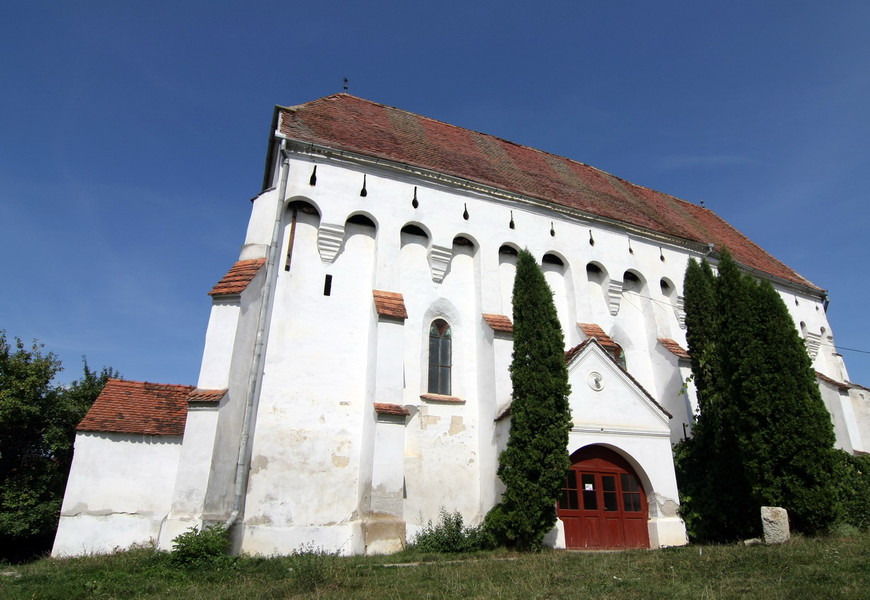This village can just barely be seen from the hills of the area, in a valley where a small number of houses are found around the fortified church, highlighted by its high and sharp tower, being the only World Heratage Site to feed a community.
The fortification has many cold supply rooms, where today the meat, sausages, bacon and the smoked scones of the village people hang on wooden nails. The wealth of the people here is measured by the number of nails owned, each family having at least one. These are considered a family value, are inherited, and not for sale.
Even now, the people keep the tradition that every Wednesday when roosters sing - according to the rules preserved from those times - the church bell is rung to let the villagers know that the gates of the fortress are open so that everyone can make supplies for the week ahead.
Tourists are fascinated by this unique custom, especially seeing as they can participate at the "bacon ceremony" if they schedule a few days before. On this occasion, for an amount of €6, tourists can taste many homemade items from the region's cuisine, along with prune palinka and homemade wine.
Built in 1270, in the Romanic architectural style, the church-fortress can only be opened by the priest and the bell ringer. The entrance to the church is protected by a mediaeval lock that can only be opened with a secret "riddle", which is known only by the priest and the "riddle" will be said only to the next priest. In this way, the villagers have prevented theft for hundreds of years, and the punishment for stealing is exclusion from the community.



Comments